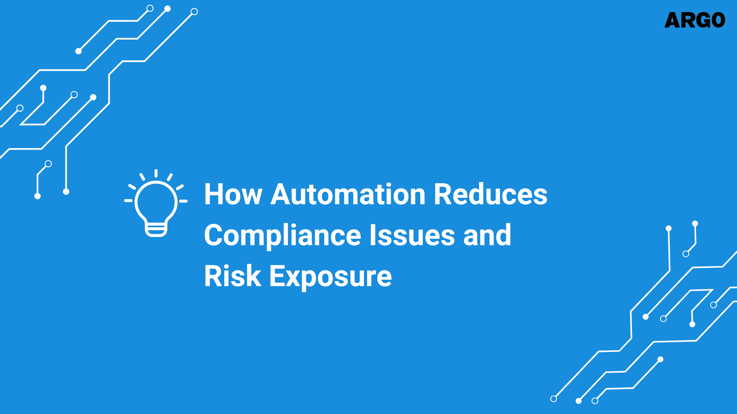How Automation Reduces Compliance Issues and Risk Exposure

In today’s marketplace, loan applicants increasingly expect loan decisions in real time, regardless of channel, which makes speed and convenience critical for financial institutions of all sizes.
To remain competitive, lenders are transitioning from traditional manual underwriting processes with high overhead, operational inefficiencies, biases, and inconsistencies to automated credit analysis, decisioning, pricing, workflow, and SLA tracking.
Automation reduces compliance risk exposure in the lending process. Automation can generate necessary and appropriate disclosures to ensure regulatory compliance for all loan types. For example, it can ensure HMDA information is gathered and complete at the time of application and at closing, enabling the institution to maintain, report, and publicly disclose loan-level information about non-excluded mortgages.
Using previously derived analysis, automation can classify each loan request into one of five categories - Approved, Recommend Approve, Review, Recommend Decline or Declined. Routing directs Approved applications to fulfillment processing, triggers adverse action notices for declined requests, and sends remaining applications to appropriately skilled and authorized underwriters for review and adjudication. Tracking ensures rules effectiveness for decisions and overrides, informing re-calibration to optimize loan decisioning. Most, if not all, aspects of the loan underwriting and decisioning process may be automated based on an institution’s credit risk appetite and policies in a safe, sound, and compliant manner. This results in improved customer and banker experience, reduced operational cost associated with manual underwriting, increased loan decisioning accuracy, and reduced risk.
In addition, automating workflow also reduces risk. Workflows route each unit of work to the appropriate person or team based on the attributes such as channel, type, geography, loan product, amount, and collateral, authority to underwrite, process, or fulfill the specific task, eliminating manual routing of deals. This improves operational efficiencies and reduces customer response times.
For more information, download the Mitigating Credit and Compliance Risk through Automation interview document.

